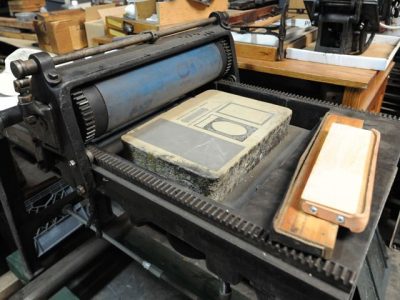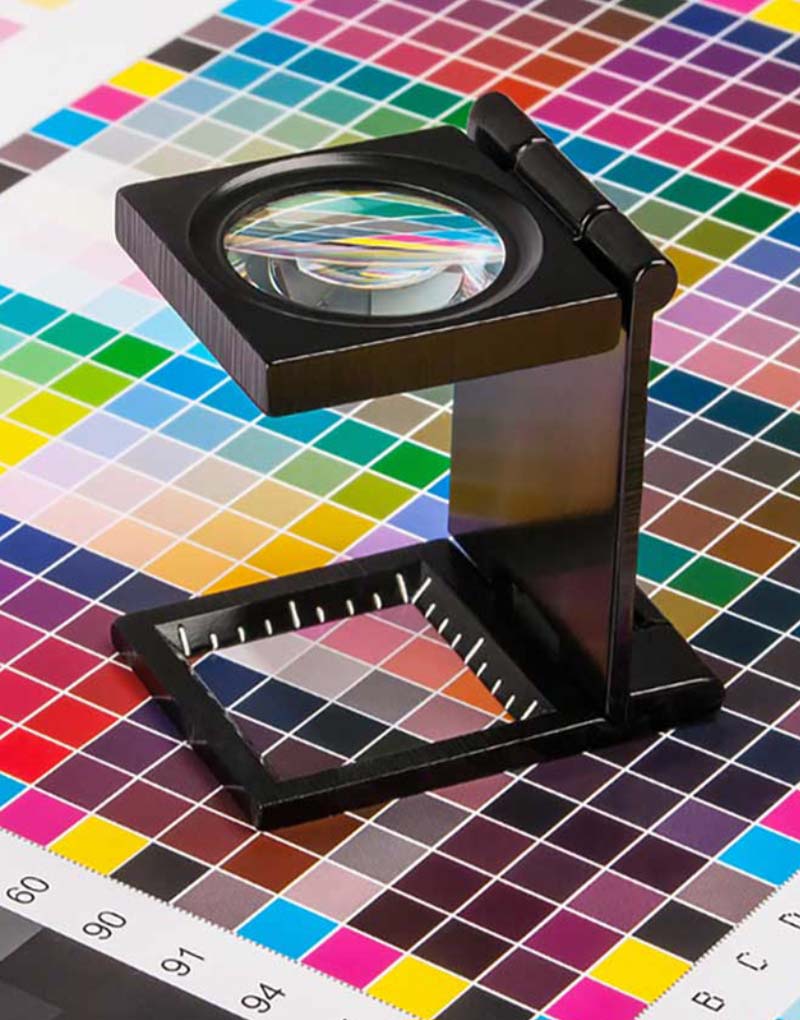Uncover the Longevity and Detail of litho printing
Uncover the Longevity and Detail of litho printing
Blog Article
A Comprehensive Guide to Recognizing Litho Printing Strategies
The world of litho printing, a strategy originating from the late 18th century, is an interesting blend of background, advancement, science and art. This thorough guide will certainly decipher the intricacies of this printing method, from the make-up of litho inks to the challenges encountered in modern applications. As we venture right into the ins and outs of lithography, the value of automation and sustainability in ensuring its future importance comes to be significantly clear. Stick with us as we journey right into the captivating realm of litho printing.
The Historical Advancement of Litho Printing
The historic trajectory of litho printing, a pivotal technology in the realm of interaction, is a captivating tale of human resourcefulness. Birthed in the late 18th century by Alois Senefelder, this method was initially a cost-effective method of publishing theatrical works. Lithography, obtained from the Greek words for 'stone' and 'to compose', used a smooth rock surface to transfer images onto paper. The process developed with the arrival of the rotary press, which substantially enhanced efficiency (litho printing). In the 20th century, the technology of balanced out lithography revolutionized the market, enabling mass production of premium prints. Each phase of litho printing's advancement showcases mankind's unrelenting search of effectiveness and quality in visual communication.
Decoding the Scientific Research Behind Litho Printing Inks
Progressing in the exploration of litho printing methods, the emphasis currently moves to the science behind litho printing inks. The structure of these inks, their drying out procedure, and color mixing methods form the foundation of this complicated art kind. Recognizing these elements is essential to mastering the craft and accomplishing the preferred print outcomes.
Composition of Litho Inks
In lithographic printing, the fundamental duty of litho inks can not be overstated. The make-up of litho inks varies relying on its function, but normally, they consist of 2 primary components - automobiles and pigments. Pigments, the color-providing aspects, are finely ground particles put on hold in the lorry, a fluid that brings the pigment onto the printing surface area. The vehicle is a complex mixture of solvents, oils, and resins, which affect the ink's drying time, attachment, and gloss. Additionally, various ingredients are existing to boost specific residential or commercial properties like circulation, drying out, and resistance to ecological impacts. Each component plays an important component in the final print's top quality, making the exact formulation of litho inks a complex scientific research.
Ink Drying Process
From the structure of litho inks, interest transforms to the fascinating process of ink drying out. The drying out procedure is vital, as it impacts the last print's top quality and longevity. Two primary techniques are utilized in litho printing: oxidative drying out and absorption. Oxidative drying out includes the ink responding with oxygen airborne to develop a difficult, completely dry film. This technique offers a resilient surface, however can be slower compared to absorption. Absorption, on the various other hand, involves the ink seeping right into the paper fibers, which is a much faster procedure yet can lead to much less vibrant colors. The choice between these methods depends on factors such as print speed requirements, the paper type used, and the wanted finish.
Shade Combining Techniques
While the drying out procedure plays a key duty in litho printing, the science of shade blending techniques holds equivalent significance. The scientific research behind litho printing inks likewise takes into account the openness of the ink, which affects just how shades overlay and mix.
The Art and Style Components in Litho Printing
Litho printing breathes life into art and design through its one-of-a-kind elements. Litho printing fits a selection of colors, allowing musicians to produce vibrant and vibrant prints. This mix of accuracy and flexibility makes litho printing a recommended selection for many artists and designers.
Modern Applications of Litho Printing Techniques
Litho printing strategies have actually discovered comprehensive use in the modern industrial sector. Its impact and relevance proceed to grow with the arrival of new developments and innovations in the field. This section will certainly explore these contemporary applications and the transformative duty they play in the printing sector.
Business Litho Printing Makes Use Of
In today's electronic age, one might question the relevance of standard printing methods. Litho printing remains a vital component of the business sector. High-volume printing jobs, such as the production of books, newspapers, and packaging, depend on litho printing for its capacity to supply superior picture quality and price effectiveness. The procedure, which includes transferring an inked photo from a plate onto a rubber blanket and after that to the printing surface area, provides unmatched consistency. This makes it ideal for work needing a huge print run. Litho printing additionally provides a wide color spectrum, exceptional to that of electronic printing. This makes it the best choice for tasks that demand lively, high-grade color reproduction.
Technologies in Litho Printing
Pushing the boundaries of standard techniques, modern improvements have fueled a host of developments in litho printing. These advancements have not only improved the high quality and performance of litho prints however likewise expanded its application article extent. One famous development is digital litho printing, which integrates the virtues of electronic modern technology with litho's high-grade outcome. This hybrid model supplies faster configuration times, reduced waste, and allows on-demand printing. One more noteworthy improvement is the introduction of eco friendly inks. These inks, made from veggie or soy-based remedies, have dramatically minimized the sector's environmental effect. litho printing. Additionally, the development of innovative plate technology has structured the printing process, causing sharper pictures and enhanced shade integrity. These developments emphasize the enduring relevance of litho printing in the modern-day globe.
Checking out the Process of Litho Printing: Step by Step

Obstacles and Solutions in Contemporary Litho Printing

Regardless of the precision and tradition that litho printing happily maintains, it is not without its collection of contemporary challenges. The most common problems include the high initial arrangement price, trouble in printing variable information, and environmental worries as a result of chemical usage. Remedies are arising as technology evolves. Digital litho printing permits for cost-effective short runs and very easy modification, dealing with the problem of variable information. Environmentally-friendly inks and more secure plate-making procedures reduce environmental worries. Additionally, developments in automation have actually reduced labor prices, even more democratizing the lithography process. Thus, while there are challenges, the litho printing sector is proactively adjusting to satisfy them head-on, ensuring its significance in the future.
Verdict
In final thought, litho printing, with its rich background and clinical details, holds a substantial area in the print industry. The future of litho printing hinges on its capacity to adapt to these transforming needs, check my site affirming its enduring worth in a progressing market.

Report this page